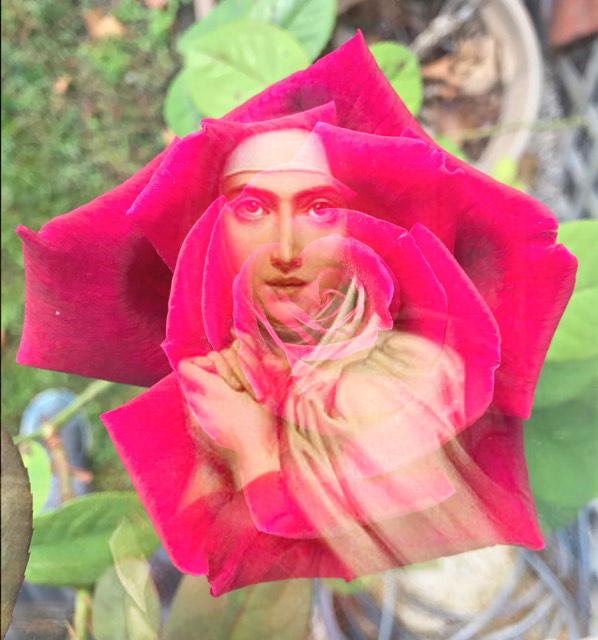William F. Buckley at 100
14 hours ago
"With zeal have I been zealous for the Lord God of Hosts." ~3 Kings 19:10
 |
| The Servant of God Madame Élisabeth de France, sister of Louis XVI |
Born on May 3, 1764, sister of Louis XVI, unmarried, after a life of prayer and service to the poor, she chose to stay with her family despite the danger and experienced imprisonment and death on the scaffold on May 10, 1794. On February 10, 1790, she dedicated France to the Sacred Heart and the Immaculate Heart of Mary, while asking for the protection of poor children. In these particularly difficult times, let us entrust to her our particular intentions, the single people whom we know and who seek to give meaning to their lives and, of course, our country. (Read more.)Prayer the Beatification of Élisabeth of France
God our Father In your great mercy You called Élisabeth of France to the offering of her life for her family at the heart of the tumult of the Revolution. Driven by an unwavering faith in eternal life she supported her companions in their ordeals and brought hope to those who were going to die with her. Unmarried, she helped the poor and the sick, supported by fervent prayer. By her intercession grant us, according to Your will, the graces that we implore. In Your great kindness, make the Church recognize soon in her an authentic witness to the Gospel, a model of celibacy, diligent in prayer and attentive to the most fragile. We ask You through Jesus Christ our Lord. Amen.Above are votive offerings of the Immaculate Heart of Mary and the Sacred Heart of Jesus from Chartres Cathedral. The Immaculate Heart is pierced with the sword of sorrow, wreathed with flowers and crowned with lilies, symbols of Mary's love and purity. The Heart of Mary is offered on behalf of the Louis XVI and the Royal Family. The Sacred Heart, wreathed in the crown of thorns and crowned with the flame of love and the cross, represent the Passion of Christ and His love for the world. The Sacred Heart is offered on behalf of the Church in France. The votives were left at Chartres Cathedral in 1790 by members of the household of Madame Élisabeth of France, at her bidding.
Promoted by the Dominicans in the 15th century, the Rosary took the form of a meditation on the life of Christ, while the Our Father and the Hail Marys were recited. In the 16th century, the Dominican theologian, Antonio Ghislieri, who became Pope St Pius V, structured the Rosary around 15 mysteries. On 7 October 1571, he instituted the feast of Our Lady of the Rosary.
John Paul II in 2002 completed the Rosary with five new mysteries: The Luminous Mysteries were added to the Joyful, Sorrowful and Glorious mysteries.
Between 1571 and 2002, the Popes never ceased to encourage the recitation of the Rosary. In September 1893, in the Encyclical Laetitiae sanctae, Leo XIII stated that he was “convinced that the Rosary, if devoutly used, is bound to benefit not only the individual but society at large”, whose evils he denounced at the dawn of the second Industrial Revolution, which was deepening the imbalance between the social classes. (Read more.)
The Popes and the Rosary

